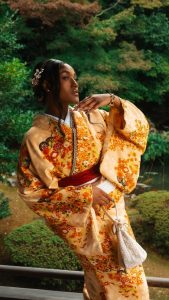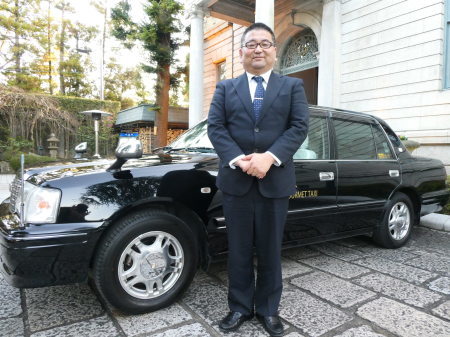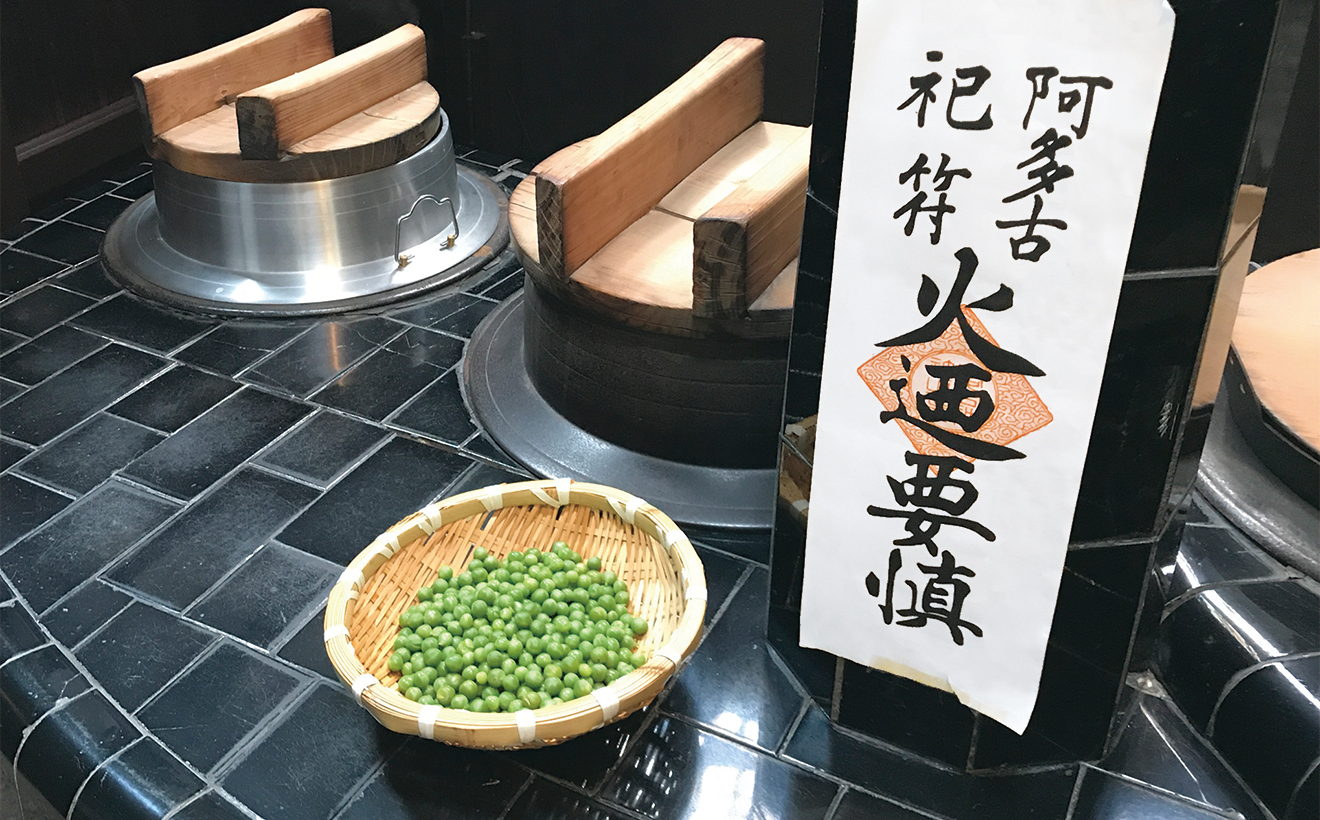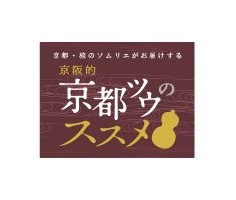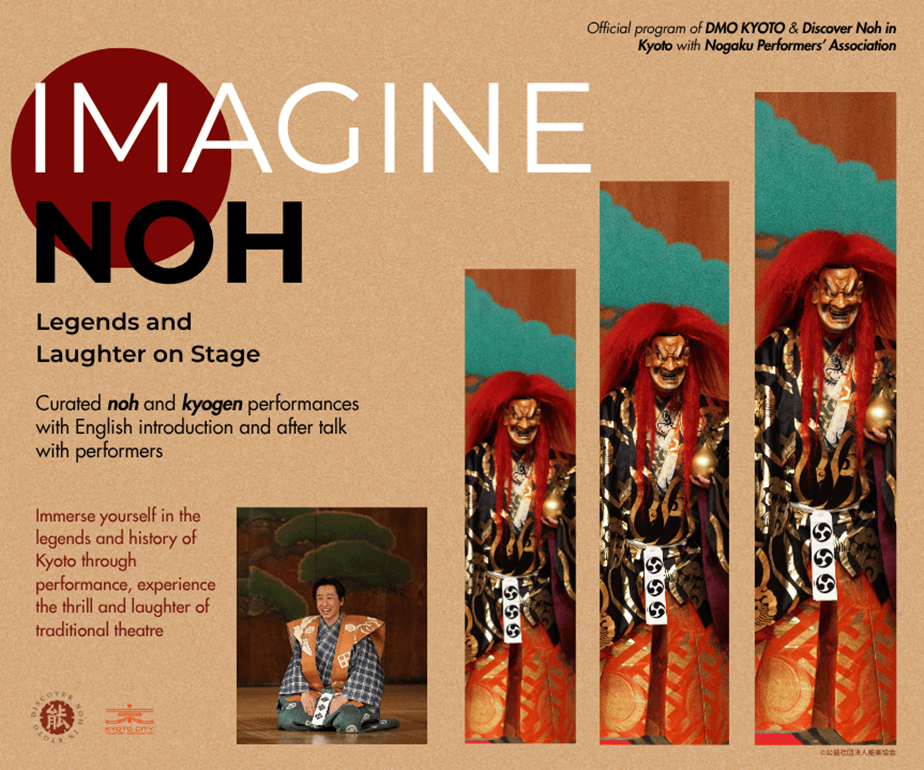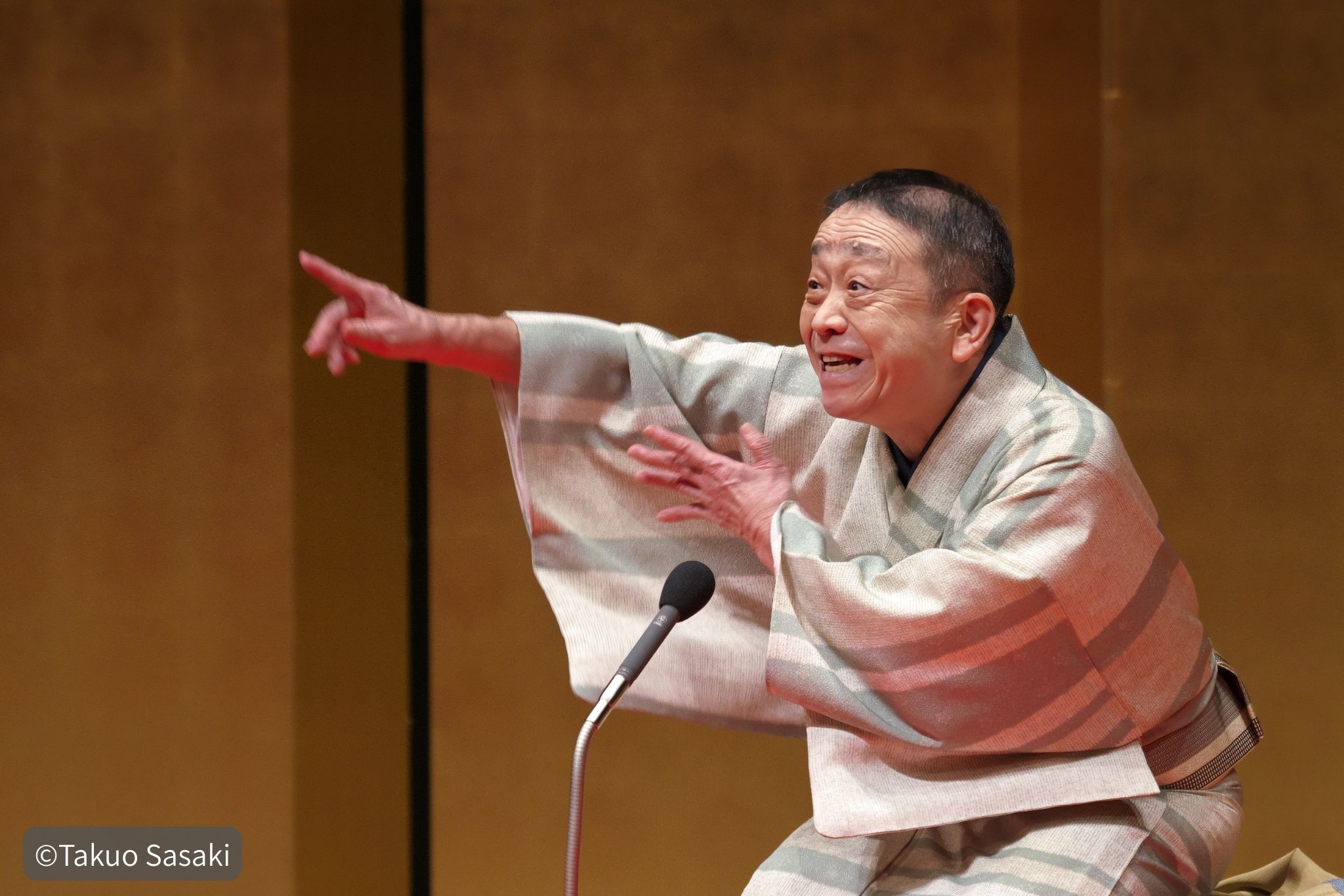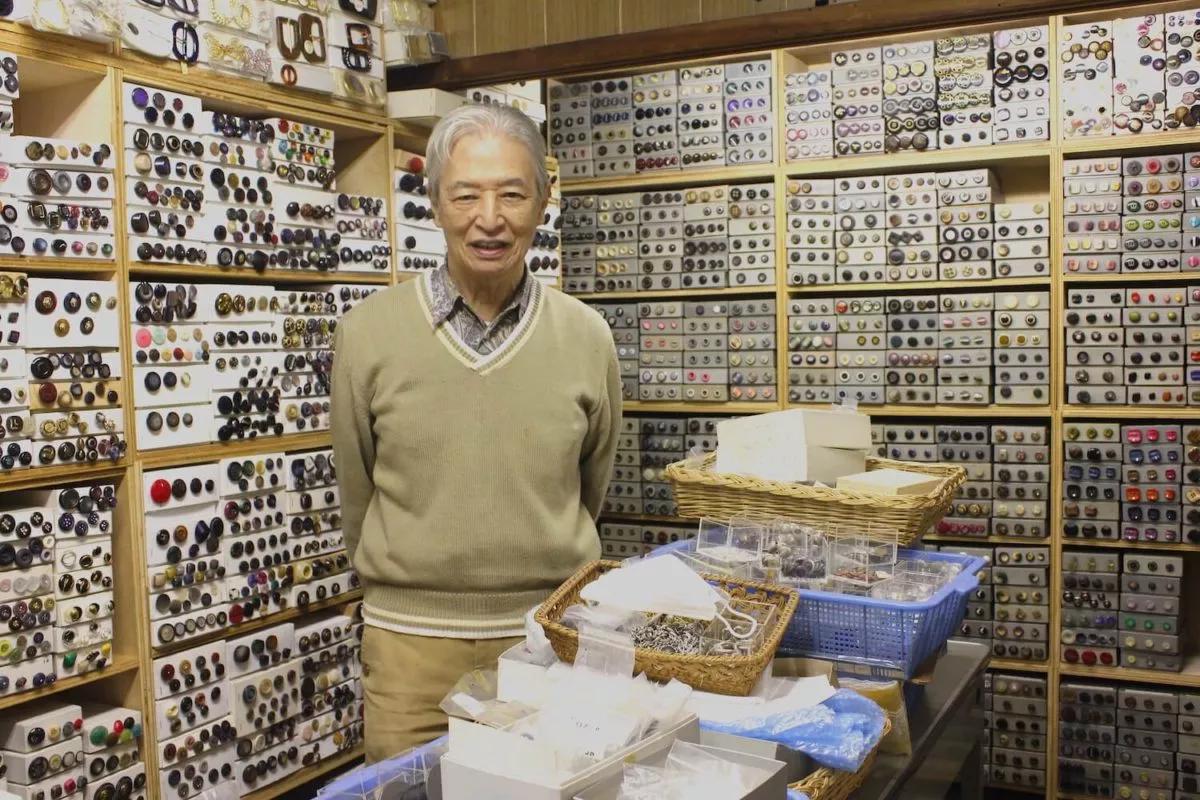
선반 위아래로 백만 개가 넘는 단추가 가득하다. 복고풍 색상과 무늬가 많은 단추도 있고, 정교한 디테일이 돋보이는 앤틱풍 단추도 많다. 무슨 단추가 필요한지도 모른 채, 나는 선반을 위아래로 훑어보며 내 마음에 드는 단추를 하나 고르려고 애쓰기 시작한다.
가게 이름은 에크린(Ecrin)입니다. 니조 근처 테라마치 거리에 70년 넘게 자리 잡고 있는 이곳은 처음에는 일반 드레스 제작 및 재단 용품 소매점으로, 20년 전부터는 단추 전문점으로 운영되고 있습니다. 주인인 혼마 쿠니스케(Honma Kunisuke) 씨가 가게의 역사에 대해 이야기해 주었습니다.
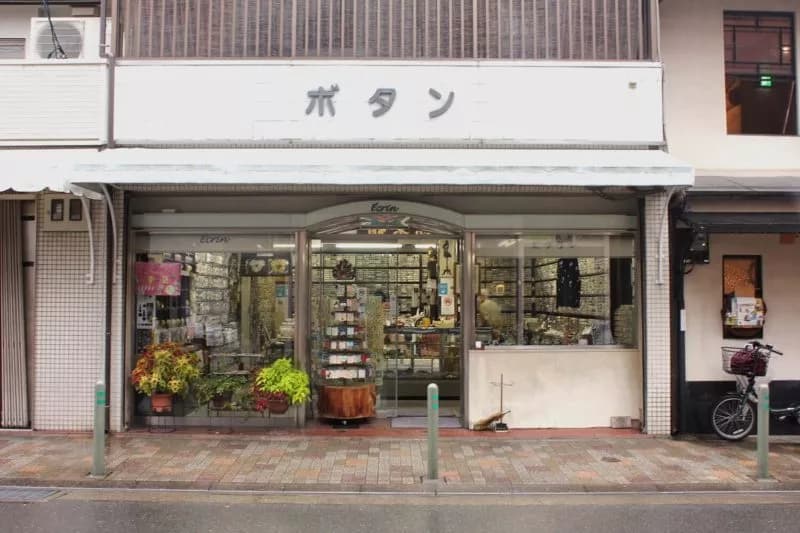
버튼을 위해 훈련된 눈
에크린은 일본에서 "복식 붐"이 일었을 때 처음 문을 열었습니다. 전쟁 후 물자가 부족해지자 사람들은 기모노 원단을 사용하여 서양식 옷을 만들기 시작했는데, 이는 움직이기 편해서 인기가 많았습니다.
전쟁 중에 많은 남자들이 죽었고, 남겨진 여자들이 생계를 책임져야 했습니다. 그래서 재봉 산업이 번창했습니다. 당시 교토에는 많은 재봉 학교가 문을 열었고, 저희와 같은 용품점도 수백 개나 있었습니다.
쿠니스케는 원래 이 가게에서 단추 담당 직원이었습니다. 그는 1~2년에 한 번씩 프랑스, 이탈리아, 독일 등 다른 나라로 단추를 사러 갔습니다.
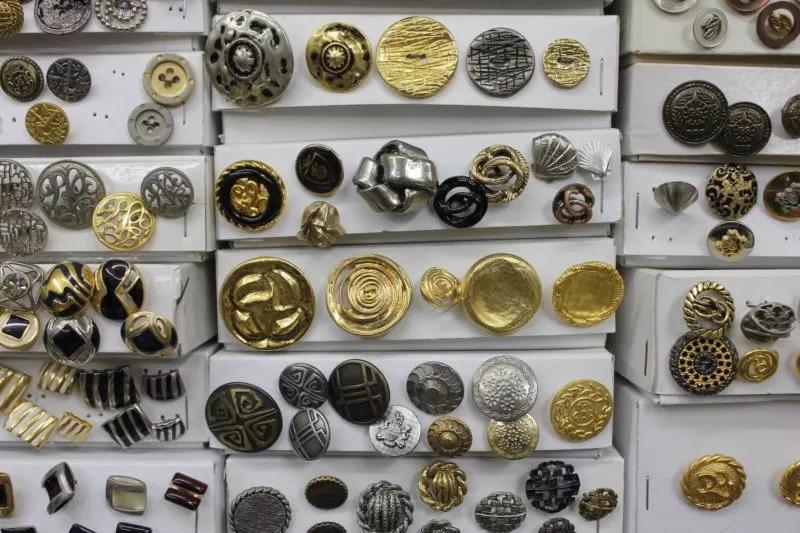
코코 샤넬이 살아있을 때부터 파리에 자주 갔어요. 단추 전시회와 패션쇼를 보고, 단추 공장에서 물건을 사곤 했죠. 당시에는 단추의 상당수가 이탈리아에서 만들어졌는데, 단추 제작 기계도 대부분 이탈리아에서 생산되었거든요.
유리 단추는 독일, 나무 단추는 프랑스가 최고였습니다. 쿠니스케는 유럽 곳곳을 직접 돌아다니며 직접 눈으로 보고 직접 경험하며 각 지역의 고유한 단추를 찾아냈기에, 자신의 가게에 있는 백만 개의 단추 하나하나에 어떤 제조업체에서 어떤 재료가 사용되었는지 정확히 알고 있습니다.
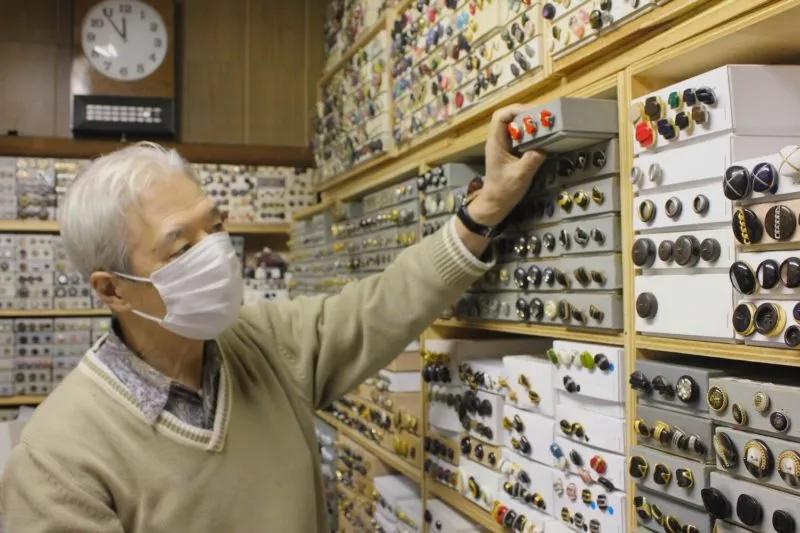
"사이즈와 색상을 결정할 때 패션 트렌드와 일본 사람들의 선호도를 고려했습니다. 각 디자인은 보통 네 가지 정도의 사이즈로 출시되었고, 나라마다 선호하는 색상도 달랐기 때문에 어떤 사이즈와 색상을 살지 신중하게 생각해야 했습니다. 예를 들어 노란색과 초록색은 일본에서 잘 팔리지 않았습니다."
좋아하는 옷을 다시 입고 싶어하는 사람들
에크린은 2000년경 전 주인으로부터 쿠니스케에게 물려주어 단추 전문점으로 거듭났습니다. 하지만 대량 생산된 기성복이 시장에 늘어나면서 소매 단추 수요는 매년 감소하고 있습니다.
시장 상황이 완전히 악화된 상황에서 가게를 계속 운영하기는 어렵습니다. 하지만 미리 대비하지 않았다면 더 힘들었을 겁니다. 여유 자금이 넉넉했던 시절, 다른 사람들이 사지 않는 여러 종류의 단추를 샀습니다. 지금도 그때와 같은 가격으로 판매하고 있습니다. 하지만 지금은 다른 곳에서는 거의 살 수 없습니다. 아내와 딸과 함께, 그리고 정규직 직원도 거의 없이 운영해 온 이 가게가 이렇게 살아남을 수 있었던 것입니다.

플라스틱 단추는 300엔 정도에 판매되고, 다른 소재로 만든 정교한 단추는 10,000엔 이상에 판매됩니다.
에크린에서 판매하는 단추 종류는 요즘 구하기 힘들어졌습니다. 단추 장인들의 고령화와 수요 감소 때문입니다. 일본에는 에크린과 도쿄의 다른 매장을 제외하고는 단추 전문점이 거의 없습니다. 제가 여기서 보는 단추는 일본은 물론이고 전 세계에서도 마지막 남은 단추일 가능성이 높습니다.
쿠니스케의 딸 치사토는 어떤 사람들은 귀중한 단추를 찾아 먼 곳에서 에크린으로 온다고 말했습니다.
인스타그램에 버튼을 홍보해 왔는데, 덕분에 새로운 고객 유치에 도움이 되고 있어요. 버튼을 활용하는 액세서리 디자이너도 저희 매장에 오셨고요. 중고 의류를 좋아하는 젊은 여성분들도 오셨고요. (치사토)
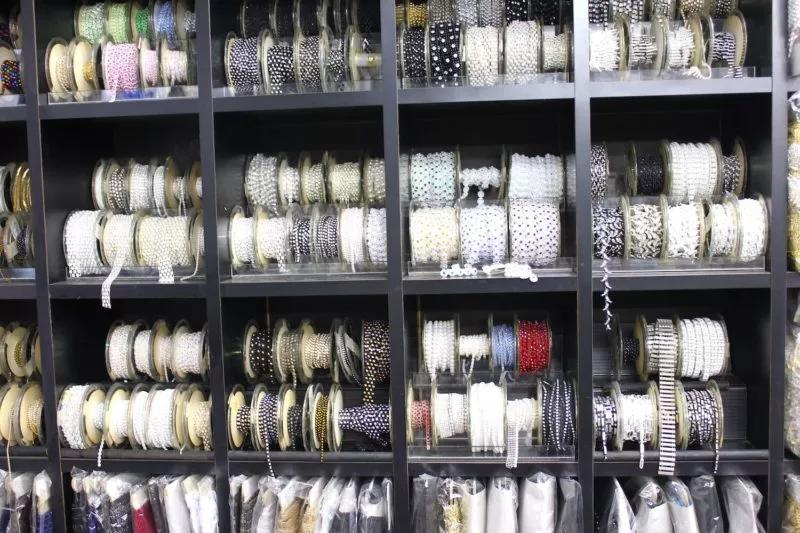
이 가게에서는 레이스와 버클 같은 물건도 판매합니다.
또한, 젊었을 때 입었지만 앞으로도 입을 옷을 가지고 오는 나이든 사람들도 있습니다.
30년 전에 즐겨 입던 옷에 새 단추를 달고 오셨던 분이 계셨어요. 그 옷의 단추가 요즘 그녀에게는 너무 과했거든요. 그 시절 옷들은 품질은 좋았지만 금색 단추처럼 과한 단추가 많았거든요. 그런데 단추만 바꿔 끼우면 지금 나이에 딱 맞고 분위기도 잘 어울리는 옷이 될 수 있더라고요. 다시 입을 수 있어서 기뻤어요. (치사토)
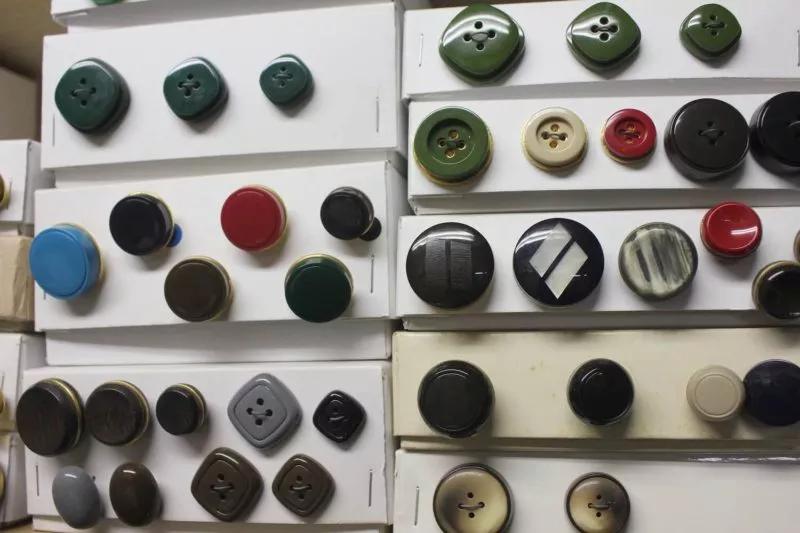
치사토는 또한 자신의 옷에 단추를 바꿔서 다양한 스타일을 시도하는 것을 즐긴다.
좋아하는 옷에 단추가 하나 빠진다면 에크린(Ecrin)에 가보는 건 어떠세요? 구매하는 단추가 단추 구멍에 비해 너무 넓거나 두껍지 않은지 확인하기 위해 옷을 가져가는 것이 좋습니다. 어떤 종류의 단추를 원하는지 잘 모르겠다면 쿠니스케(Kunisuke)나 치사토(Chisato)에게 조언을 구해 보세요.
스타일리시하고, 재미있고, 기분 좋은 패션을 즐겨보세요
쿠니스케는 단추가 옷의 가치를 높이는 요소이며, 옷과 조화를 이룰 때 진정한 가치를 발휘한다고 말합니다. 또한 단추 하나만 바꿔도 개성을 표현하고 다른 어떤 것과도 비교할 수 없는 패션을 선보일 수 있다고 말합니다.
단색 옷에 단색 단추를 사용하는 것은 큰 효과가 없습니다. 다른 종류의 단추는 단색 옷에 잘 어울릴 수 있습니다. 예를 들어 금색 장식이 있는 단추나 유리 단추가 좋습니다. 반면, 패턴이 있는 옷에는 단색 단추가 잘 어울립니다. 단추와 옷이 너무 비슷하면 단추의 가치가 떨어집니다.
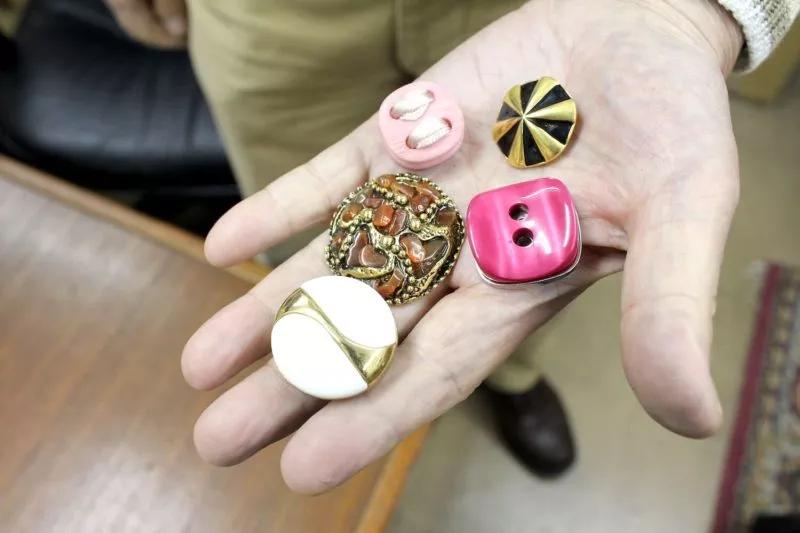
가격이 적당한 옷이라도 단추만 바꿔 새로운 느낌으로 입으면 재밌는 경험을 할 수 있습니다.
쿠니스케는 이 업계에서 거의 70년을 일해 왔습니다. 비록 자세한 이야기는 하지 않았지만, 그의 말 속에는 패션에 대한 깊은 열정이 담겨 있었습니다.
"저는 모든 분들이 패션을 즐기고 일상생활에서 작은 활력을 느끼셨으면 좋겠습니다. 그 시절에도, 지금도 마찬가지입니다. 굳이 돈을 쓸 필요가 없죠. 단추 한두 개만 바꿔도 옷에 새롭고 멋진 분위기를 더할 수 있습니다. 어쨌든, 단추 가게로서 저희가 도와드릴 수 있는 일은 이 정도입니다. 조금만 시간과 노력을 투자하시면 일상생활에서 느끼는 감정을 바꾸실 수 있습니다."
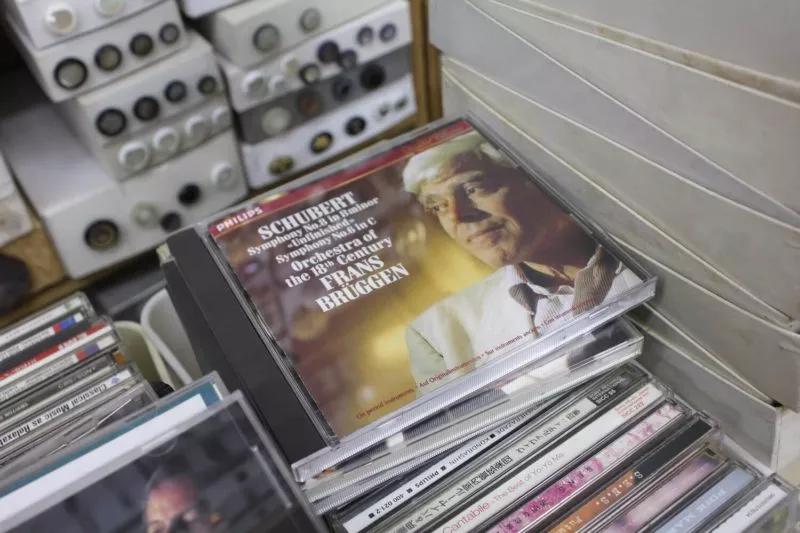
쿠니스케는 클래식 음악을 듣는 데 시간을 소중히 여기기 때문에 항상 기분이 좋습니다.
쿠니스케는 해외 여행을 다니며 "사람들이 조금이나마 기분 좋아지도록" 다양한 단추를 가져왔습니다. 이 단추들은 에크린 매장의 선반을 위아래로 가득 채우고 있고, 이제 저는 신중하게 선택해야 할 때입니다. 매 순간 감사하는 마음으로 선택해야 할 때입니다.
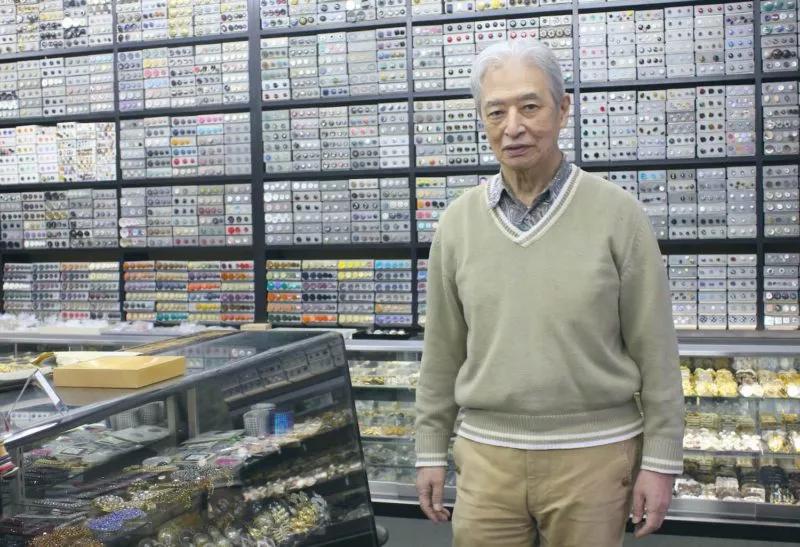
에크린
주소 : 교토시 나카교구 에노키초 98
전화: 075-254-5208
영업일: 화요일과 공휴일을 제외한 모든 날에 매장이 영업합니다. 다만, 일부 예외가 있습니다.
영업시간 : 오전 10시부터 오후 6시까지
웹사이트: http://ecrin.cocolog-nifty.com/
인스타그램: https://www.instagram.com/ecrin_kyoto/?hl=ja
*일반적으로 우편 주문은 받지 않습니다.
이 글은 미카미 유카리가 썼습니다.


